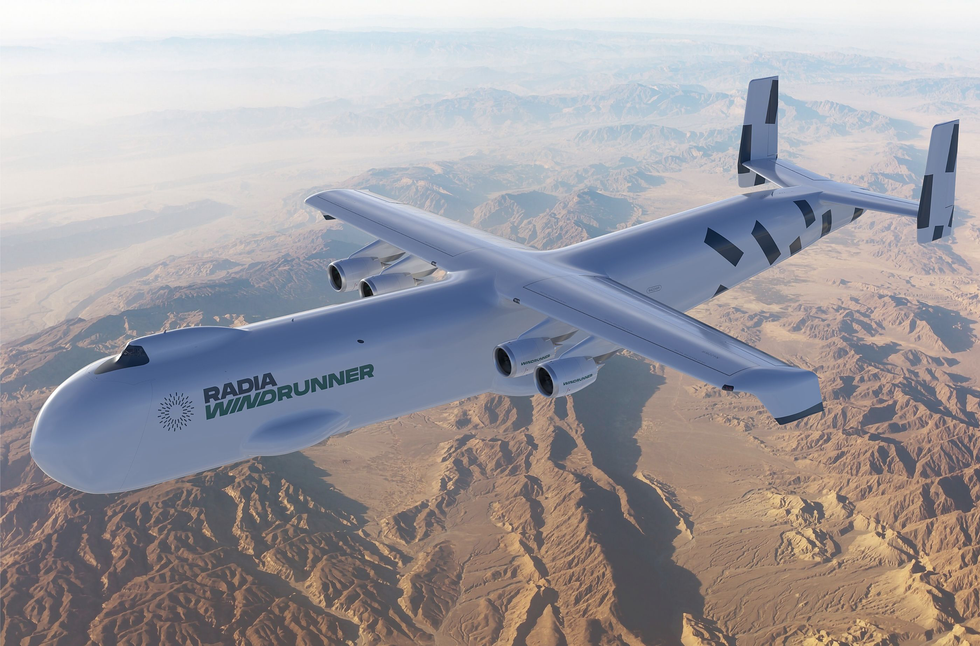Now Reading: Bigger Wind Turbines Will Require Larger Airplanes
1
-
01
Bigger Wind Turbines Will Require Larger Airplanes
Bigger Wind Turbines Will Require Larger Airplanes

Quick Summary:
- The WindRunner, expected by 2030, is planned to be the world’s largest airplane at 108 meters in length, designed specifically to transport oversized wind-turbine blades.
- Current infrastructure limitations restrict onshore turbine blades to about 70 meters; WindRunner aims to fly larger blades directly to wind farms on makeshift dirt runways.
- Larger turbines are cost-effective long-term as they can generate more energy per unit and are spaced farther apart,reducing land and materials used while increasing efficiency.
- Conventional transportation methods for turbine blades-by road or rail-fail due to tunnels and overpasses constraints. Offshore turbines don’t face these issues as they rely on cargo ships near coastal manufacturing hubs.
- Tho aspiring, WindRunner has faced skepticism regarding practicality, environmental impact from jet emissions, and potential aerodynamic challenges with massive blade sizes affecting airflow physics behind turbines.
Indian Opinion Analysis:
The proposed development of the windrunner aircraft marks a critically important milestone in addressing logistical barriers tied directly to renewable energy scalability for large onshore wind farms-a pressing issue given global sustainability targets amidst rapid urban infrastructure constraints globally including India!. With growing demand QuickScaling/meeting T free tighter Read More
Stay Informed With the Latest & Most Important News
Previous Post
Next Post
Loading Next Post...


























